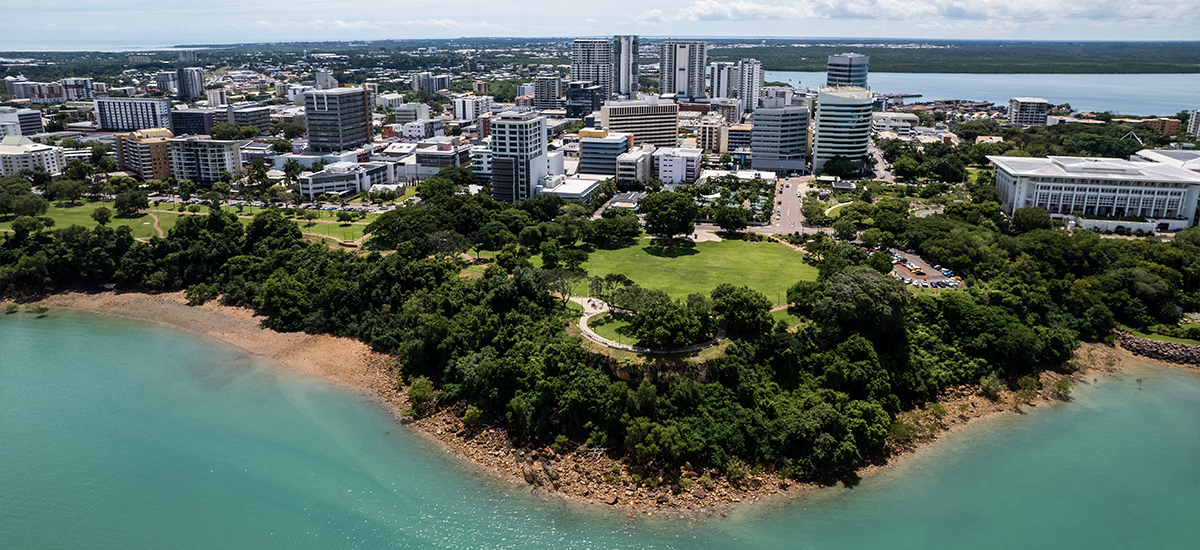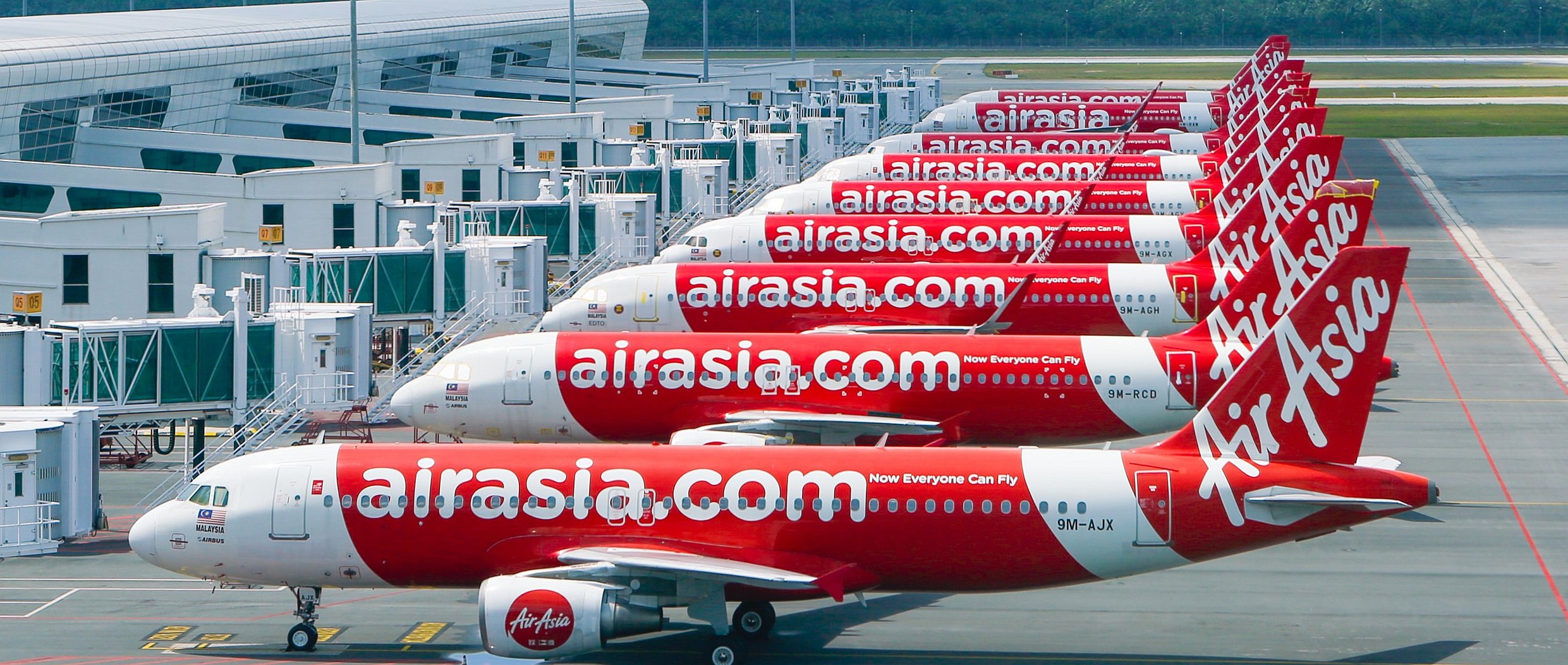With full recovery expected in 2025, AirAsia introducing more than 30 new routes to bolster ASEAN and domestic connectivity, reinforcing its position as the region’s leading low-cost airline.
AirAsia Aviation Group (AirAsia) is gearing up to introduce over 30 new routes in 2025 as it anticipates a full recovery, aiming to enhance ASEAN and domestic connectivity and solidify its status as the region’s leading low-cost carrier.
The impending acquisition of AirAsia by AirAsia X Berhad from Capital A Berhad is nearing completion. This consolidation of short- and medium-haul airlines into a larger aviation group is expected to bolster the airline’s industry standing by enhancing its network and operational synergies.
Looking ahead to the rest of 2025, AirAsia plans to focus on cost leadership, optimizing its network and flight frequencies, and improving operational performance across key markets, including Malaysia, Thailand, Indonesia, the Philippines, and Cambodia. These initiatives aim to support growth in high-demand destinations such as India, China, and throughout ASEAN.
The network optimization is slated for completion by the second quarter of 2025, with increased frequencies on high-demand routes commencing simultaneously. Concurrently, the Group is exploring new routes to cater to the rising intra-Asia travel demand, spurred by easing visa policies in key markets like China, India, Thailand, and Malaysia, aligning with evolving travel trends.
Recently, AirAsia Malaysia announced a new route to Australia, with four weekly flights to Darwin starting on June 27, 2025, becoming the first airline in the region to offer direct connectivity between Kuala Lumpur and Darwin. Additionally, AirAsia Indonesia celebrated its inaugural flight from Bali to Darwin on March 22, 2025, further strengthening the Northern Territory’s connection with ASEAN.

Bo Lingam, Group CEO of AirAsia Aviation Group, stated, “In 2025, as we return to full capacity, we’ll be balancing growth with profitability. Our network strategy will prioritize strategic, demand-driven connectivity across Asia. With over 30 new routes and increased frequencies on our most popular services, we are responding directly to market demand and Fly-Thru opportunities. Our Fly-Thru traffic grew to 4.3 million in 2024, and we are targeting over seven million Fly-Thru guests this year, accounting for approximately 10% of total passengers. This growth, supported by the reactivation of 16 aircraft and the delivery of 14 new aircraft in 2025, will form the backbone of our sustainable expansion plans.”
He added, “Our mega-hubs in Kuala Lumpur (KUL) and Bangkok-Don Mueang (DMK) will continue to anchor Fly-Thru growth, currently handling 95% of Fly-Thru traffic. At the same time, we will expand other hubs and look forward to adding over 1,700 weekly return flights and 323,336 weekly seats across the Group by the end of 2025.”

This year, the airline expects to operate a fleet of 234 narrowbody aircraft across its five short-haul airlines, restoring full pre-pandemic capacity. Only 16 aircraft remain to be reactivated, while 14 new aircraft deliveries have been confirmed for 2025, four from Airbus and 10 via lessors.
AirAsia said in a statement that its commitment to building mega-hubs and expanding Fly-Thru services supports its vision of becoming a global low-cost network carrier, connecting ASEAN to the world and the world to ASEAN.
"ExpatGo welcomes and encourages comments, input, and divergent opinions. However, we kindly request that you use suitable language in your comments, and refrain from any sort of personal attack, hate speech, or disparaging rhetoric. Comments not in line with this are subject to removal from the site. "



















